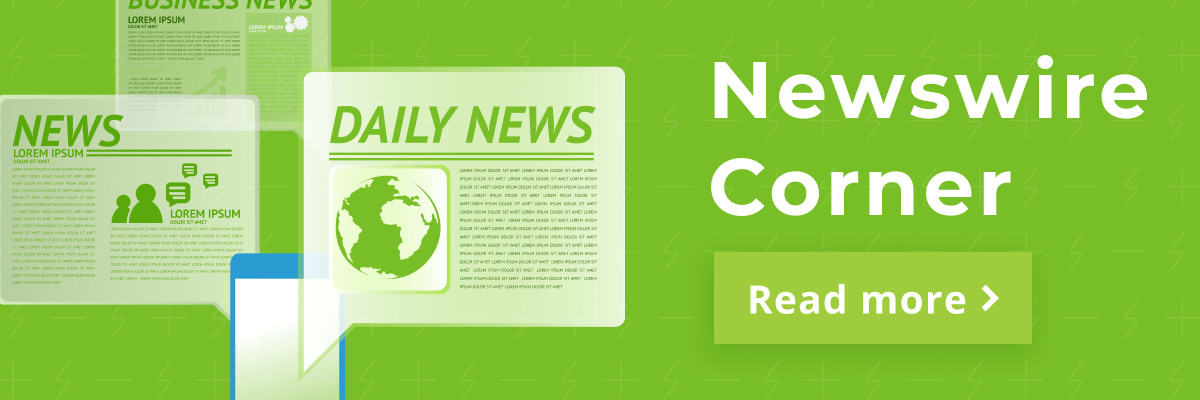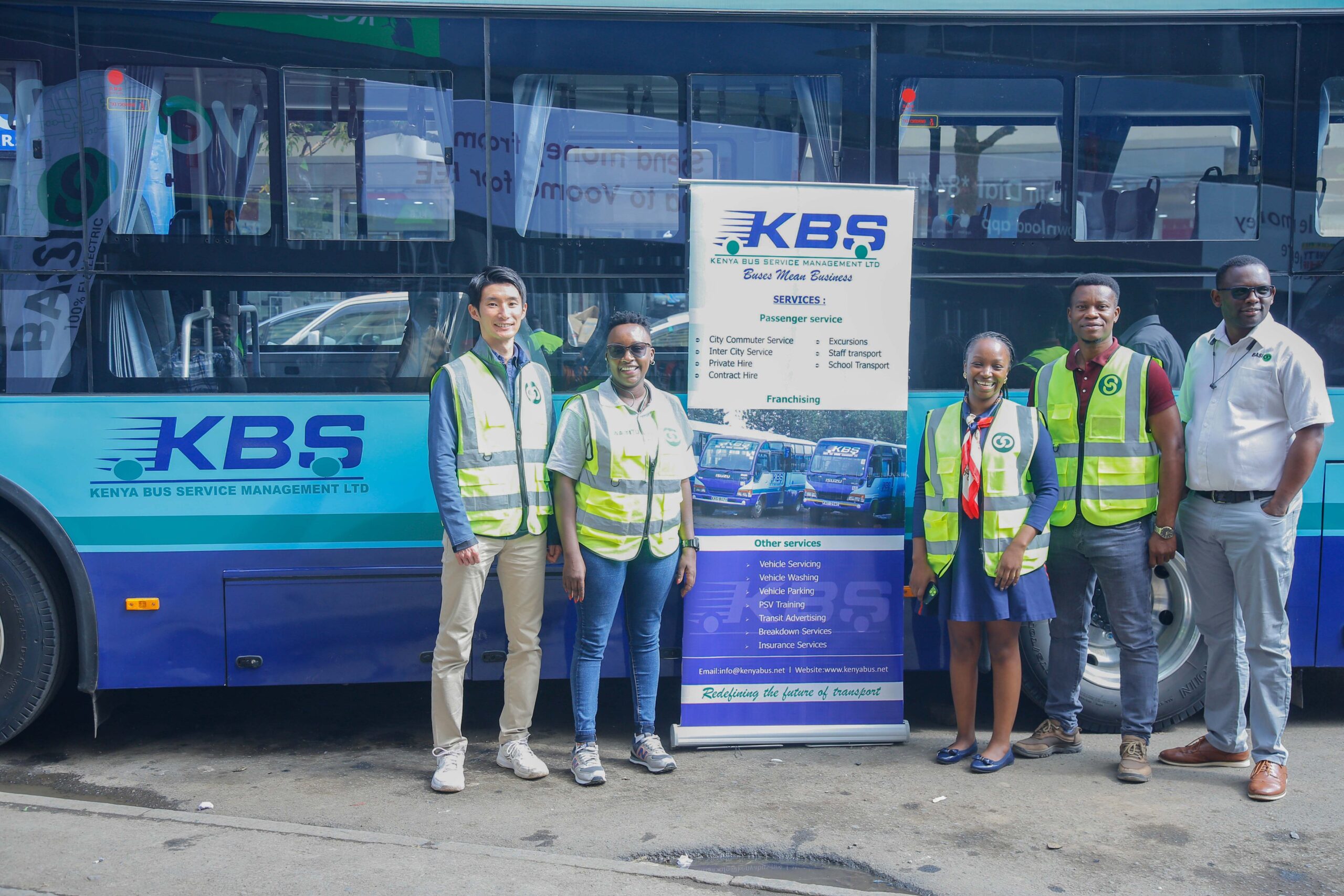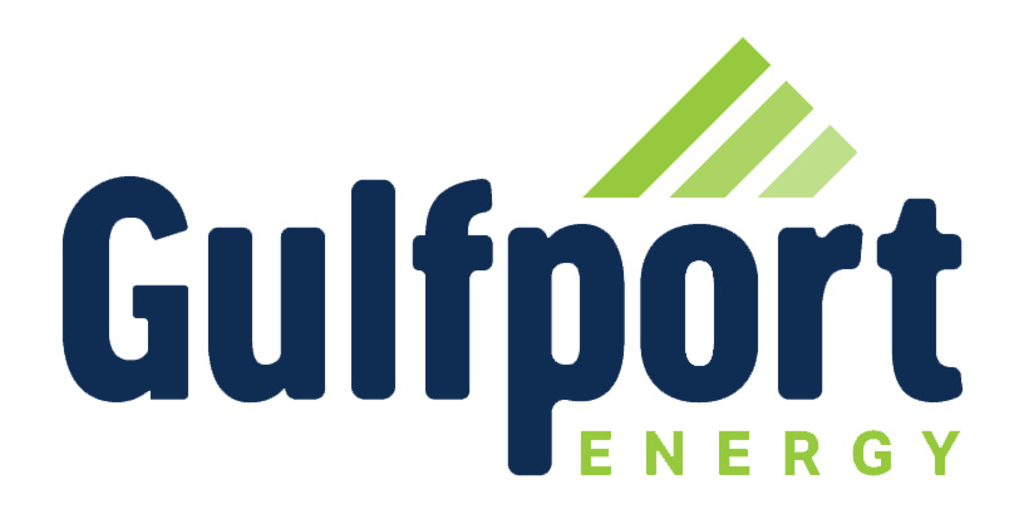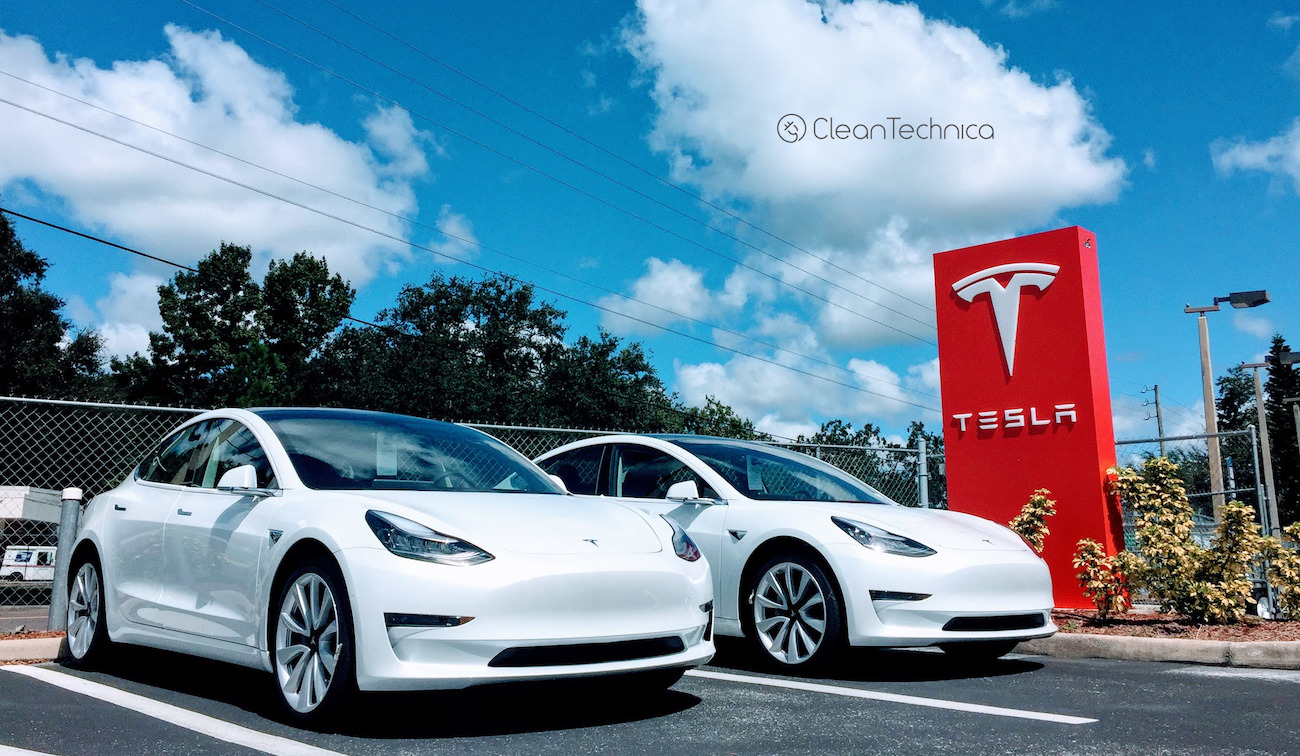Sign up for daily news updates from CleanTechnica on email. Or follow us on Google News!
My wife and I drive a Chevy Bolt during the summer in New England. When we heard that Tesla had agreed to make its Supercharger network available to drivers of other brands, we were pretty excited. Just the other day, we cruised by a service area on the Mass Pike that had a row of Superchargers ready and waiting for customers, but we could not use them. Despite the rumor that the Tesla charging network would be open to GM drivers by summer, fall is just around the corner and there is no indication our Bolt will be welcome at a Supercharger this year or even next.
Jack Ewing is an automotive reporter for the New York Times. Many Tesla enthusiasts don’t care very much for Ewing, as he has a history of bad-mouthing the company. Ewing wrote recently about the Supercharger situation in North America and reports the process is proceeding at glacial speed.
Have Adapter, Will Travel
In theory, drivers of electric cars manufactured by Ford and Rivian have had access to the Supercharger network since early this year, but the reality is that none of those drivers can charge at a Supercharger without an adapter. The adapters are being supplied by Tesla. The company announced a few days ago that it will increase the production of adapters at its factory in Buffalo, New York. That’s wonderful news, of course, but it raises the question, why hasn’t Tesla been manufacturing them in quantity before now?
Ford told owners of its Mustang Mach-E sport utility vehicle and F-150 Lightning pickup last month that the adapters were delayed by several months because of “ongoing supply constraints.” Ford, which had promised free adapters to owners of its electric vehicles, declined to comment further. Rivian, which makes electric pickups and SUVs, said “a challenging supply chain position” had led to adapter shortages. In a statement, the company added that it was “ramping up adapter supply as quickly as possible. We are working closely with Tesla to support the industry’s overall transition” to the NACS standard.
Sharp-eyed readers will note that both companies are doing everything in their power to avoid ruffling the feathers of the mercurial and ketamine-imbibing Elon Musk. In April, Rebecca Tinucci, who was the head of the Supercharger division at Tesla, made a report to the Great Elon that outlined her recommendations for the network going forward. Elon fired her on the spot and dismissed virtually all of the 500 employees in the division. Elon likes to say he provides clear and direct feedback to his underlings, but those on the receiving end describe those events as spittle flecked tirades while Elon screams at them. Tinucci has now landed at Uber where she is the new head of sustainability.
Elon has had a running feud with the Biden administration for years and it would not be beneath him to deliberately slow-walk anything that would help it reach its goal of getting more EV chargers installed throughout America, even if there are billions of federal dollars on offer to get the job done. Tesla has 30,000 individual fast chargers in the US and Canada. While Tesla said previously it would equip some of them with adapters that would allow non-Tesla drivers to use them, so far only 100 of those adapters are available. Tesla did not respond to a request for comment, and the other automakers have been reluctant to speak in detail, apparently because they do not want to antagonize Musk, Ewing said.
Tesla Supercharger Roll Out Has Slowed To A Crawl
The slow rollout raises questions about the decision that almost all major carmakers operating in the United States made to abandon the Combined Charging System and adopt the North American Charging Standard developed by Tesla. The switch made them vulnerable to the whims of Musk, who frequently changes corporate strategy and tactics in ways that can surprise even his employees and supporters.
Tesla built the Supercharger network to encourage sales of its own vehicles. By opening up the network, Tesla can make money from drivers of other car brands, who pay per kilowatt-hour to charge. The electric car company also makes money from selling adapters to other automakers. But Tesla risks alienating its own customers, who will lose exclusive access to the chargers. The ultimate fear is a Model X driver who is down to 5% SOC finding a Chevy Bolt slurping electrons at 50 kW while hooked up to a 350 kW Supercharger.
Tesla’s opening up of its chargers to other automakers was meant to be a three-step process. First, Tesla and each automaker would update the software on Tesla’s chargers and the other companies’ cars so they could work with each other. Second, Tesla would make and supply adapters to allow other cars to connect to its chargers. The third step is supposed to happen next year when most automakers plan to start installing Tesla plugs on the new cars they assemble, eliminating the need for an adapter.
So far, only two car companies have advanced past the first stage with Tesla — Ford and Rivian. General Motors had said it expected to complete the software coordination with Tesla this spring, but now says it will happen later this year. Other automakers are expected to follow GM. But even most drivers of electric Ford and Rivian models do not yet have access to Tesla chargers because the companies have not received enough adapters from Tesla. Charging companies like ChargePoint and EVgo are also busy transitioning their chargers to the NACS standard.
There’s More To It Than An Adapter
There is nothing to prevent Ford and Rivian from buying adapters from other suppliers, but it may not be easy to find firms with the manufacturing capacity and expertise. Adapters from other firms would have to go through an extensive testing and approval process anyway.
But having adapters will not be enough for drivers of electric cars not made by Tesla, Ford, or Rivian. Every other automaker still needs to work with Tesla to make software updates for their cars so they will be compatible with Tesla Superchargers. That first step could drag on for months at the current pace, Ewing says. GM has not said when its customers will be able to use Tesla chargers. “GM continues to work in good faith with Tesla to finalize an agreement that offers a seamless Supercharger network experience for our customers,” the company said in a statement to the New York Times.
Behind the scenes, technical experts from automakers and other interested parties have been working to adapt Tesla’s proprietary technology so it works flawlessly with other electric vehicles. That process is often fraught, acknowledged Oleg Logvinov, chairman of the Charging Interface Initiative North America, an industry group whose members include Ford and Tesla. “Transition is painful,” he said. But once the problems are worked out, “it’s hugely beneficial because it leads to a much higher adoption rate.” He noted that there had been competing technical standards in the early days of mobile phones and that sales had taken off after the industry eliminated most of them.
Amid slumping car sales, Tesla has also slowed construction of new Supercharger stations. Last year, Tesla installed almost 6,000 fast charging plugs in the United States, far more than companies like ChargePoint, EVgo, and Electrify America, according to Rho Motion, a research firm. Tesla installed 2,750 during the first half of this year, but the pace has declined steeply since then, the firm said.
Some Ford and Rivian owners have gotten tired of waiting and bought adapters from other suppliers whose products are not endorsed by the automakers. Their experience suggests that access to the Tesla network makes road trips much easier. Logvinov warns that adapters not endorsed by manufacturers may be unsafe, but those who have bought an adapter online seem to be satisfied with them so far.
Have a tip for CleanTechnica? Want to advertise? Want to suggest a guest for our CleanTech Talk podcast? Contact us here.
Latest CleanTechnica.TV Videos
CleanTechnica uses affiliate links. See our policy here.
CleanTechnica’s Comment Policy





